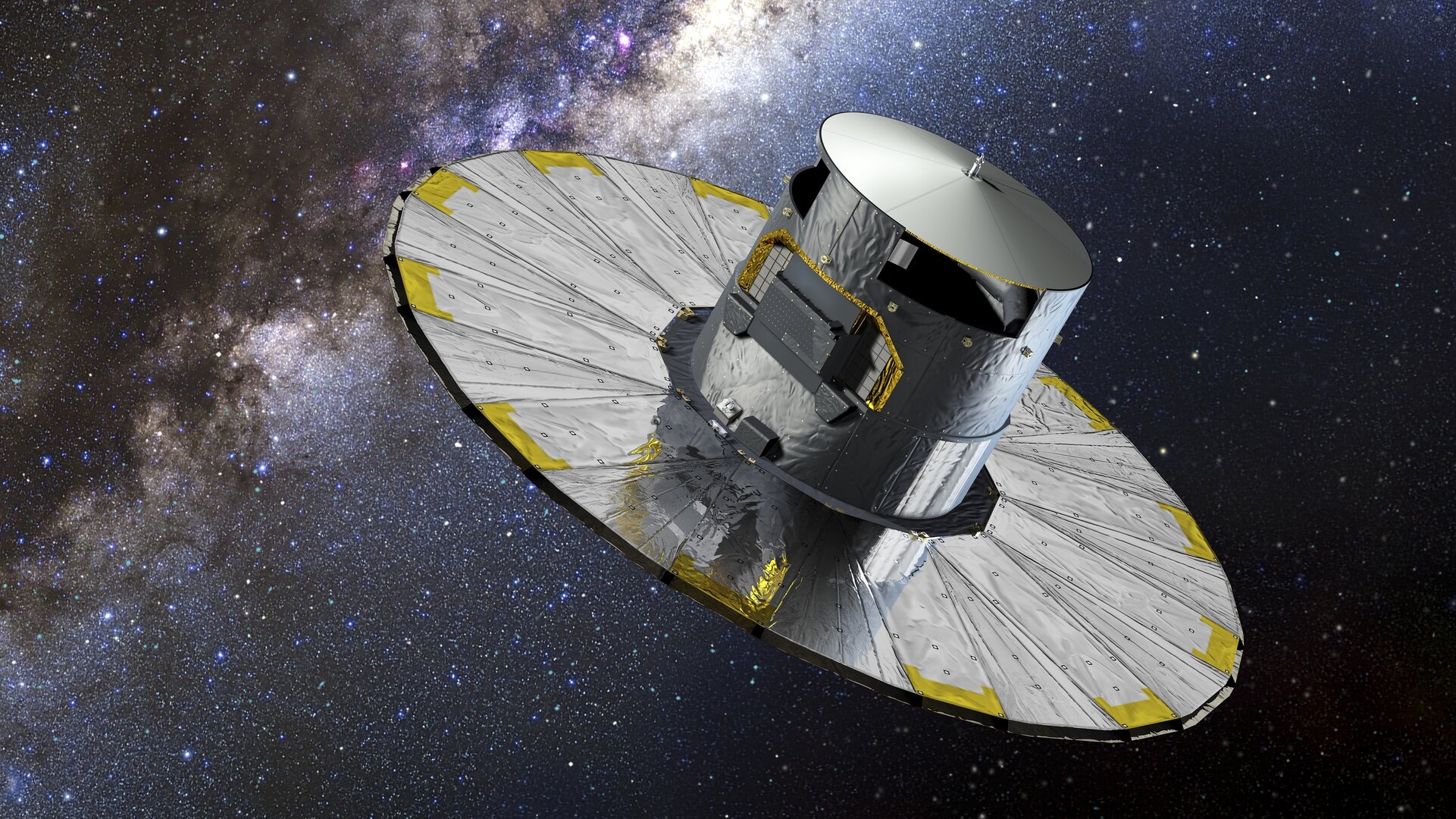
Summer Researcher with Dr. James MacDonald
Physics with Astronomy Concentration, Math, Computer Science
University of Delaware
Joshua’s Research Summary Report:
Over the course of my summer research, I utilized many skills including presenting, data analysis, and coding, all in efforts to find
areas around the Milky Way and its satellite galaxies where Population III stars could be located. Population III stars are stars formed from the primordial matter from the Big Bang consisting of hydrogen and helium, while lacking any heavier elements, as seen in later stellar populations.
The first portion of my research involved being given a set of data for 630 stellar atmosphere models with given temperature, gravity
pairs, a heavy metal content value, along with corresponding magnitudes for blue, red, and green passbands of the GAIA space
telescope, which is determining highly accurate positions for approximately 2 billion stars to map out the Milky Way galaxy and its
nearby satellite galaxies. My first steps for this data was organizing and reordering it in ascending temperature values for each gravity
value. I used this data by extrapolating their heavy metal content to 0, for each temperature, gravity pair. This resulted in a new set of
possible magnitudes to search for in possible Population III star searches. With these results I presented my findings to my research
group, represented as graphs of magnitudes at each temperature for a given value for gravity, while also expressing the purpose,
methods, and premise of the project.
After analyzing and presenting the first dataset I then moved on to the larger data set with over 2700 stellar atmosphere models, which
also were given with temperature, gravity pairs, a heavy metal content value, and magnitudes for blue, red, and green passbands. To properly analyze the data I wrote some python code that would take the spreadsheet of data and analyze each passband individually,
with a similar process to the previous dataset. However, since this dataset had irregular gaps in the temperature data given, I also had
to create a program to interpolate results for a temperature, gravity pair input by someone running the code. This allowed me to not
only fix the gaps in the data, but also to fix missing data on the ends of some datasets for certain gravity values. Once all of this was
run, it outputted a table of over 300 magnitudes for each passband, for a given temperature, gravity pair. Using this magnitude data, I
was able to write more python code to generate similar graphs as the previous dataset, graphing the magnitudes by temperature for
each colored passband, and making a graph for each gravity value. This showcased the trend of decreasing magnitudes across all
passbands as temperatures increased past roughly 2000K. However, the real end result of my research is the table of GAIA passband
magnitudes that can be used in searches for Population III in Milky Way satellite galaxies.

